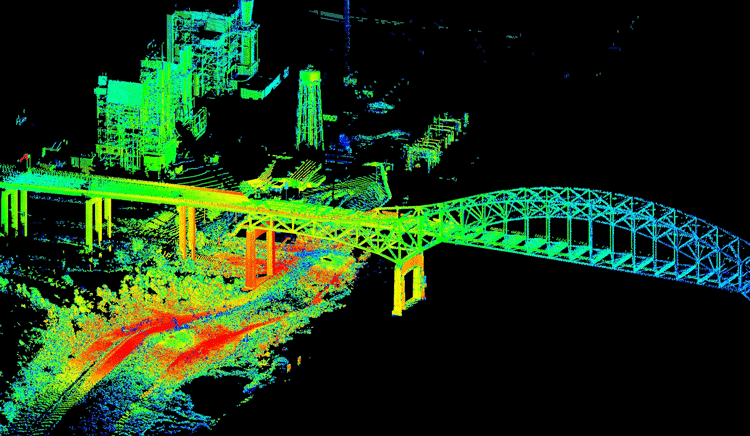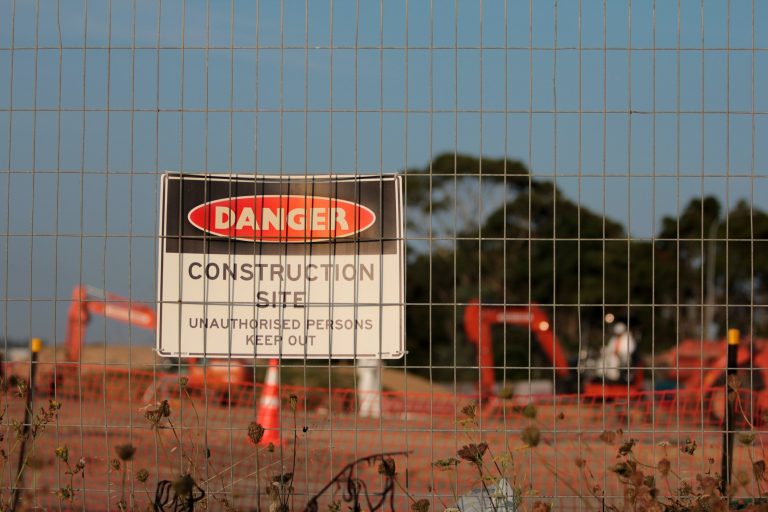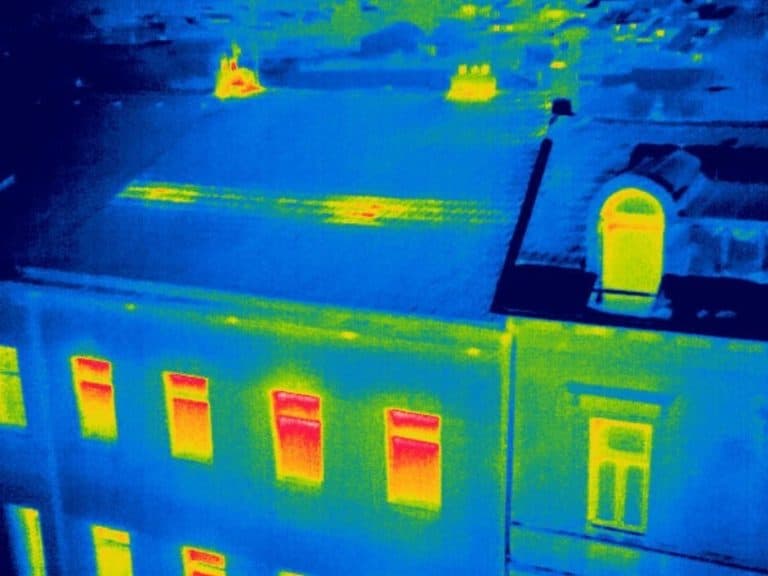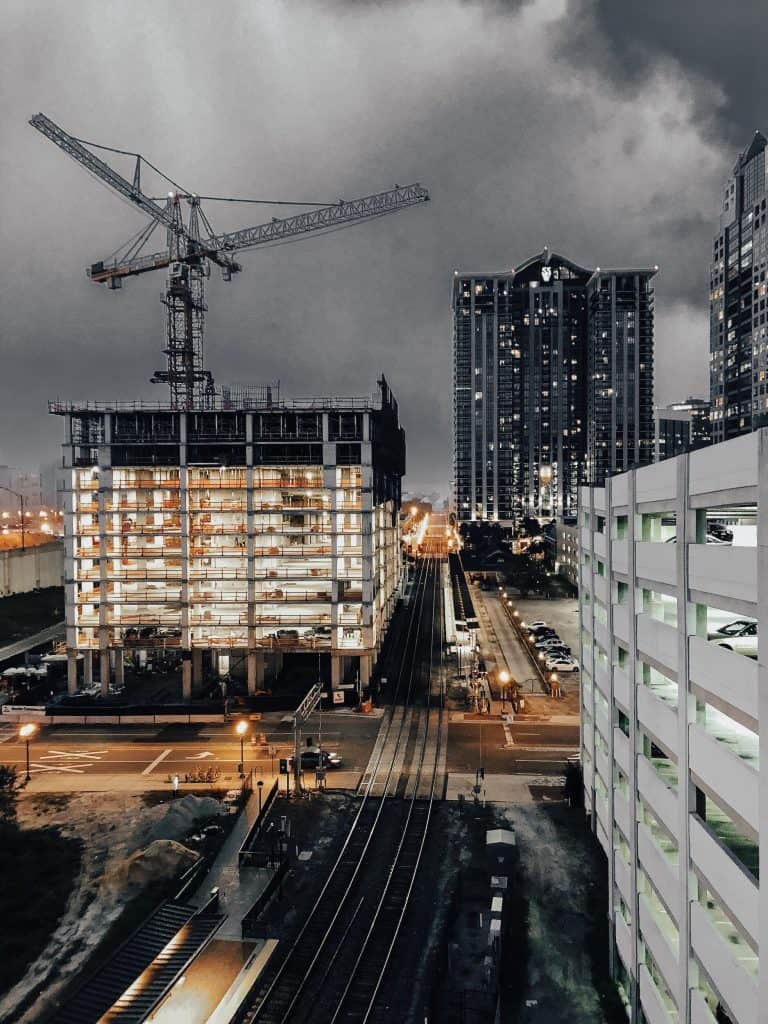Drones in Construction
- Articles
- 01 Aug 2024
The construction industry has always been at the forefront of innovation, constantly seeking ways to enhance efficiency, safety, and precision. Uses of drones in construction.
In recent years, drones have emerged as a powerful tool, revolutionising the way construction projects are planned, monitored, and executed. In this blog post, we will delve into the diverse and transformative uses of drones in construction, highlighting their role in improving productivity, reducing costs, and enhancing overall project management.
Drone Surveying and Mapping
Drones equipped with high-resolution cameras and LiDAR (Light Detection and Ranging) sensors can quickly and accurately capture aerial imagery and topographic data of construction sites. These data-rich maps and 3D models enable project managers, architects, and engineers to gain a comprehensive understanding of the site's terrain, existing structures, and potential obstacles. This valuable information aids in informed decision-making during the design phase and helps create precise project plans.


Drones in Construction Progress Monitoring
Monitoring construction progress is essential for project management and timely decision-making. Drones in construction provide an efficient and cost-effective way to capture real-time aerial images and videos of the construction site. Regular drone surveys allow stakeholders to compare as-built progress against project timelines, identify potential delays or issues, and make necessary adjustments. This data-driven approach enhances communication, improves coordination, and keeps all parties informed throughout the construction process.

Improved Site Inspections and Safety
Inspecting tall structures or inaccessible areas of a construction site involved manual inspections, which can be time-consuming and risky. Drones equipped with cameras and sensors can access hard-to-reach places and provide high-resolution imagery for inspections. This not only saves time and reduces the need for scaffolding or other access equipment but also minimizes the risks associated with working at heights. Drones also aid in monitoring safety compliance, identifying potential hazards, and enhancing overall on-site safety.

Thermal Imaging and Structural Analysis
Drones equipped with thermal cameras offer a non-destructive and efficient method for identifying thermal anomalies in buildings and structures. Thermal imaging can detect heat loss, insulation gaps, electrical faults, and water leaks, which helps prevent energy inefficiencies and potential hazards. Additionally, drones can capture detailed images of building facades and structures, allowing engineers and architects to analyse and evaluate the integrity of the construction from different angles.

Marketing and Visualisation
Drones can provide captivating aerial footage and panoramic views of completed construction projects. This visual content can be utilized for marketing purposes, showcasing the project to potential clients, investors, or the public. Aerial videos and images offer a unique perspective that highlights the scale, design, and overall aesthetics of the completed structure, enabling stakeholders to visualize the project's final outcome.
Drones in Construction Industry
The integration of drones into the construction industry has unleashed a new era of efficiency, safety, and project management. From aerial surveying and mapping to progress monitoring, site inspections, thermal imaging, and marketing visualization, drones have become indispensable tools in the construction process. Embracing drone technology enables professionals to make data-driven decisions, enhance communication, mitigate risks, and ultimately deliver projects more efficiently. As the construction industry continues to evolve, drones will play an increasingly pivotal role, shaping the way we build our world.